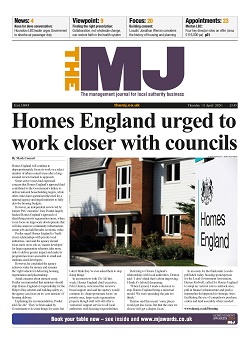Like all providers of adult care, Hampshire CC faces a combination of significant cost pressures and rising demand. Of the county’s total population, around 16,000 vulnerable adults have been assessed as having ‘critical or substantial’ needs. The majority of this group, 10,000-11,000 people, are receiving services at home.
For some time, Hampshire had recognised that telecare was a potentially powerful response to these demands. It enables better targeting of resources by ensuring that service users have constant access to emergency help at a low cost to the council. However, the previous piecemeal approach to telecare had used services from a range of different providers and only covered a few hundred people. Facing significant financial pressures, it recognised that a radical change was required.
During spring 2012, a business case for the wider adoption of telecare confirmed its potential to reduce total costs of care, but only if it was used much more widely and instead of – not as well as – other care components. As Gill Duncan, Hampshire’s director of adult services, explains: ‘We embarked on this initiative because we believed that, systematically deployed, telecare was a powerful way to improve our service to older adults and those with disabilities and sensory needs, while containing costs’.
Want full article access?
Receive The MJ magazine each week and gain access to all the content on this website with a subscription.
Full website content includes additional, exclusive commentary and analysis on the issues affecting local government.
Already a subscriber? Login

